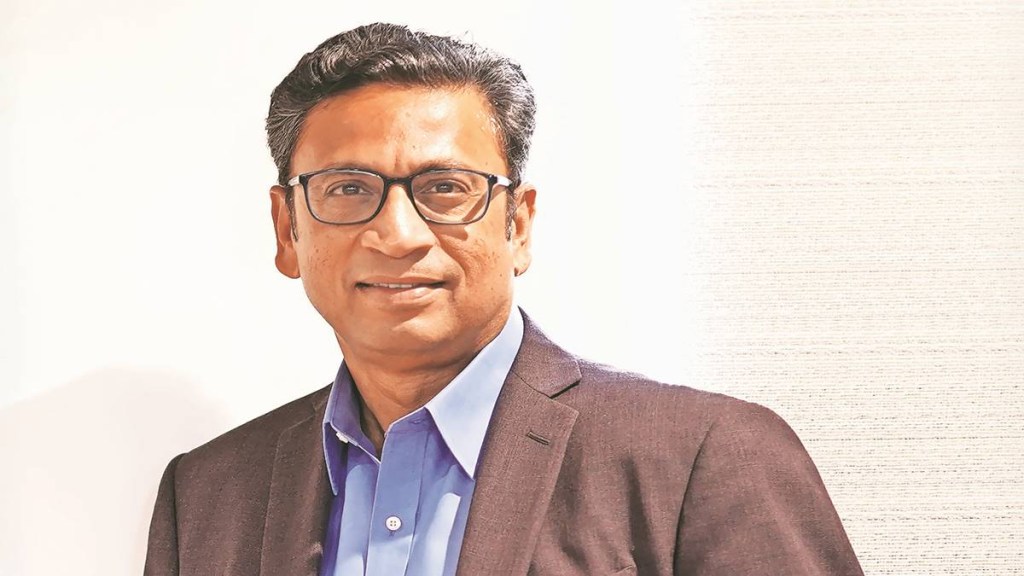In a rapidly changing job market, empowering youth with the right skills has never been more crucial. While the emphasis on skills is not new, today’s technologies have revolutionised how we approach them, says Himanshu Palsule, the CEO of Santa Monica, California-based skilling firm, Cornerstone. In this interview, he talks to Sudhir Chowdhary about
some of the upskilling trends and how his company is powering the future-ready workforce. Excerpts:
What explains the recent surge in upskilling of the workforce in India?
Changes in industries often reach an inflection point where multiple things happen simultaneously, and this upskilling trend has been building up for many years. While the pandemic acted as a catalyst, it was not the sole driver. We are in a unique time with four or five generations in the workforce, each with different expectations around learning — how learning is consumed, adapted to, and responded to.
There is a notable shortage of skills because the demand for new skills outpaces the development of existing ones. This rapid change, coupled with an uneven distribution of skills, has led to workforce readiness gaps. The swift pace of digital transformation and the rise of technologies like artificial intelligence (AI) and generative AI (GenAI) have further exacerbated this divide, creating an urgent need for comprehensive upskilling
Is the upskilling confined to seasoned professionals only?
This upskilling trend is all-inclusive, encompassing seasoned professionals and freshers in different contexts. Seasoned professionals must refresh their skills more frequently as job requirements evolve rapidly. For example, workers who were once adept at operating traditional machinery now need to learn to manage more advanced equipment. For freshers, entry into the workforce is daunting due to unprecedented challenges. With baby boomers staying in the workforce longer, there’s increased competition for positions, and many entry-level jobs have become automated and disappeared. New workers face the dilemma of needing skills for jobs that no longer exist.
Which technologies have emerged at the forefront of this upskilling drive?
Unlike traditional education systems that treated all learners equally, often leading to disengagement or struggle, modern approaches recognise that learners comprehend and absorb information differently. This shift acknowledges the importance of tailoring education to individual needs, including considerations like vernacular and deep thinking.
Artificial intelligence has been a game-changer in this regard. AI now enables learners to progress at their own pace, whether reading, being quizzed, or responding to tasks, thus addressing the diverse speeds at which individuals learn. The advent of generative AI has further accelerated this transformation by providing a user-friendly interface to AI, making the creation and curation of courses significantly faster than before. Technologies like GenAI, dynamic job architectures, and spatial and immersive learning are fundamentally changing how upskilling is conducted, making it more efficient and effective for both seasoned professionals and new entrants in the workforce.
How is Cornerstone helping Indian companies in their skilling initiatives?
India has always been a crucial region for Cornerstone, with 50% of our global workforce based here, comprising over 2,000 employees. This significant presence has allowed us to understand the unique subcultures and resource availability within the region, essential for effectively hiring, skilling, and training our people. We serve over 750 customers across various verticals, including pharma, life sciences, banking, and financial services. Working with prominent customers like Mahindra Group, National Stock Exchange, HDFC, Genpact, and Zee Entertainment has provided us with valuable insights and opportunities to innovate.
BLURB
Technologies like GenAI, dynamic job architectures, and immersive learning are fundamentally transforming the upskilling process
